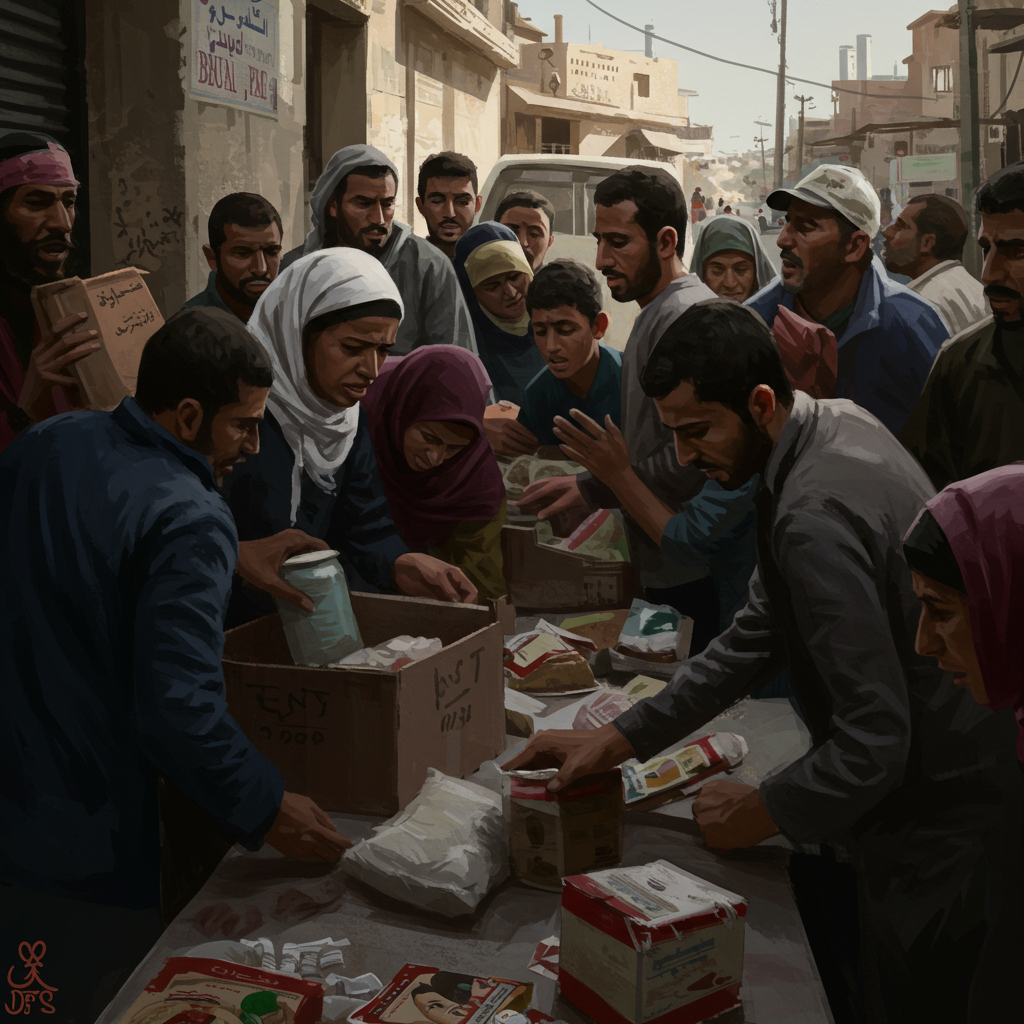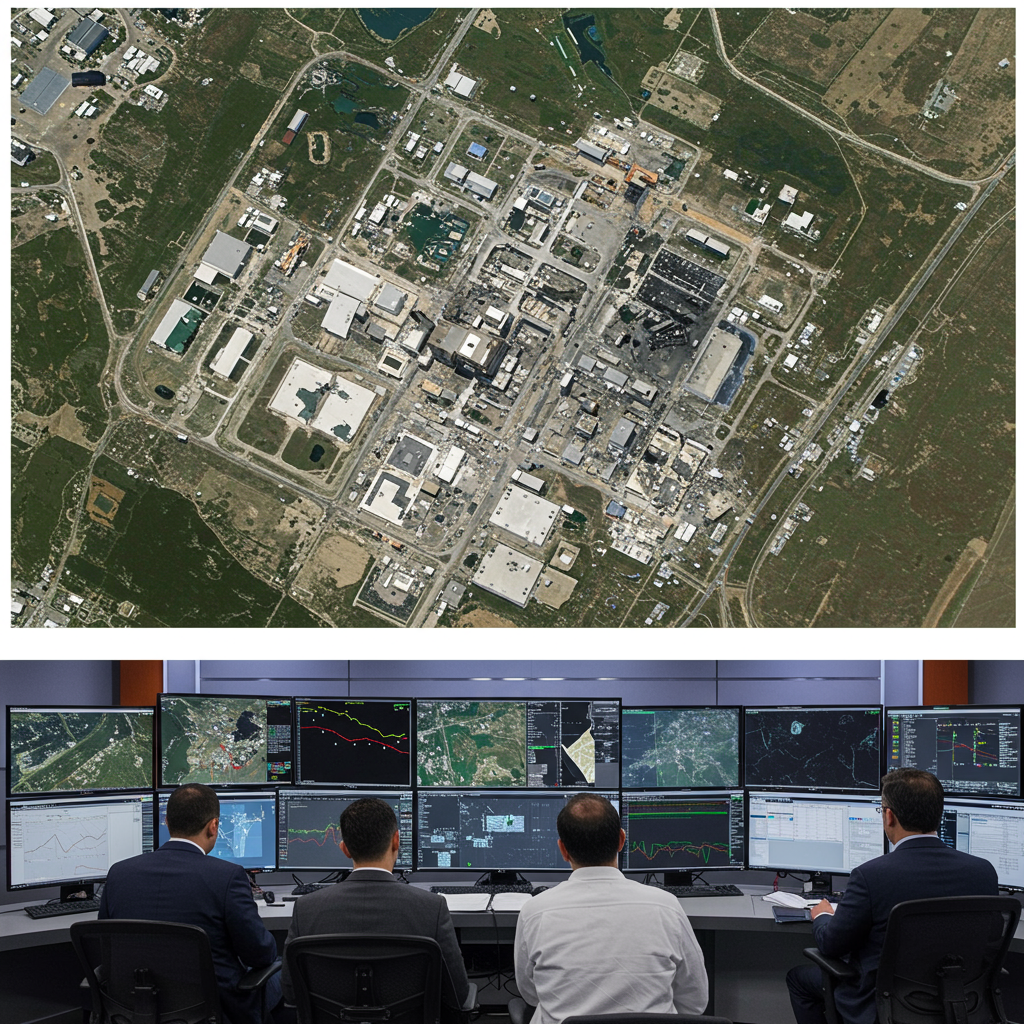Dozens Killed in Khan Younis as Desperate Palestinians Seek Aid
A devastating incident in southern Gaza on Tuesday, June 17, 2025, left dozens of Palestinians dead and hundreds wounded as they desperately sought food aid. The attack, which occurred near distribution points in Khan Younis, marks one of the deadliest single events since significantly restricted aid began entering the enclave.
Palestinian health officials and civil defence rescuers reported that over 50 people were killed, with some reports indicating figures as high as 70 or more, and over 200 injured. Eyewitnesses described intense firing, including tank shells, machine guns, and drone strikes, targeting crowds that had gathered to collect supplies, often waiting for flour trucks. The attack reportedly happened along a main road near distribution sites in Khan Younis, an area that has seen weeks of ongoing Israeli military operations.
A Disturbing Pattern of Violence
This tragic event is not isolated but part of a deeply concerning pattern. Since late March, when Israel began allowing a limited amount of aid into Gaza after an extended blockade, hundreds of Palestinians have reportedly been killed and thousands injured while attempting to reach food distribution points. UN officials and humanitarian groups describe this as a “chilling pattern,” emphasizing that civilians, particularly those seeking food amidst starvation, should never be targeted.
Much of the recent violence, including Tuesday’s incident, has occurred near sites operated by the Gaza Humanitarian Foundation (GHF), an organization described as backed by the United States and Israel. While the GHF reportedly distanced itself from this specific event, casualties have been a near-daily occurrence near their distribution points since operations began in late May. According to figures cited by the UN, over 300 people have been killed and more than 2,000 wounded near these sites since the end of May.
Desperation vs. Danger at Aid Sites
The critical shortage of food and the looming threat of famine are driving Palestinians to extraordinary lengths to obtain aid. Despite warnings and the known dangers, thousands gather daily at the designated distribution points, often travelling long distances, sometimes through areas controlled by Israeli forces, and waiting overnight to improve their chances of securing scarce supplies. Survivors recount harrowing experiences, describing intense fire hitting crowds and returning empty-handed amidst the carnage.
Humanitarian organizations, including the UN and major aid groups, have refused to cooperate with the GHF-led distribution mechanism. They argue that the system endangers lives, is located in military “red zones” or off-limits areas, prioritizes Israeli objectives over humanitarian needs, and bypasses established aid frameworks. The UN human rights chief has gone further, accusing Israel of “weaponizing food” and blocking lifesaving aid, calling for immediate, impartial investigations into the deadly attacks on civilians seeking food.
Overwhelmed Hospitals and Limited Aid
The influx of casualties from incidents like the Khan Younis attack is overwhelming Gaza’s already crippled healthcare system. Nasser Hospital, one of the last functioning hospitals in the area, is reportedly past capacity, with many injured patients lying on the floor. Medical staff are struggling to treat hundreds of patients, many with severe gunshot wounds requiring complex procedures like amputations, all while operating with limited supplies and facing prior damage and evacuation orders. The World Health Organization (WHO) has highlighted the desperate need for fuel for the few remaining hospitals, noting none has entered Gaza for over 100 days.
Israel maintains that its restrictions and the new aid distribution system are necessary to prevent supplies from falling into the hands of Hamas. The Israel Defense Forces (IDF) stated they are reviewing reports of the Khan Younis incident, acknowledging a gathering near an aid truck stuck in proximity to their troops. Previous IDF responses to similar shootings have involved claims that soldiers fired warning shots at individuals deemed suspects approaching their positions. However, verifying accounts is challenging for international news organizations due to restrictions on access to Gaza.
The ongoing violence at aid distribution sites underscores the severe breakdown in both security and the humanitarian aid system in Gaza, where the conflict, which intensified after the October 7, 2023, attacks, has reportedly killed over 55,000 people according to the local health ministry, and plunged the population into a dire hunger crisis.




